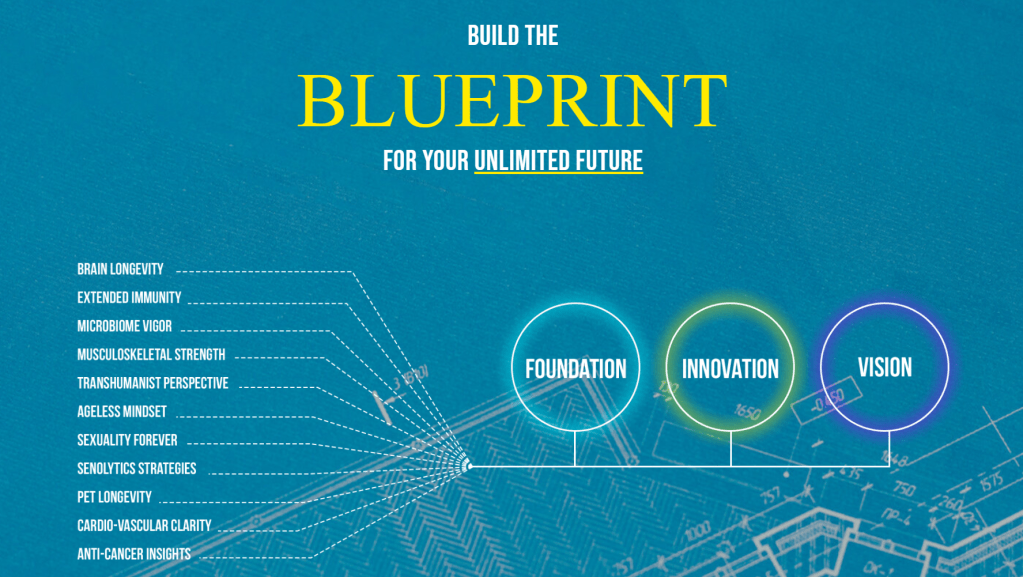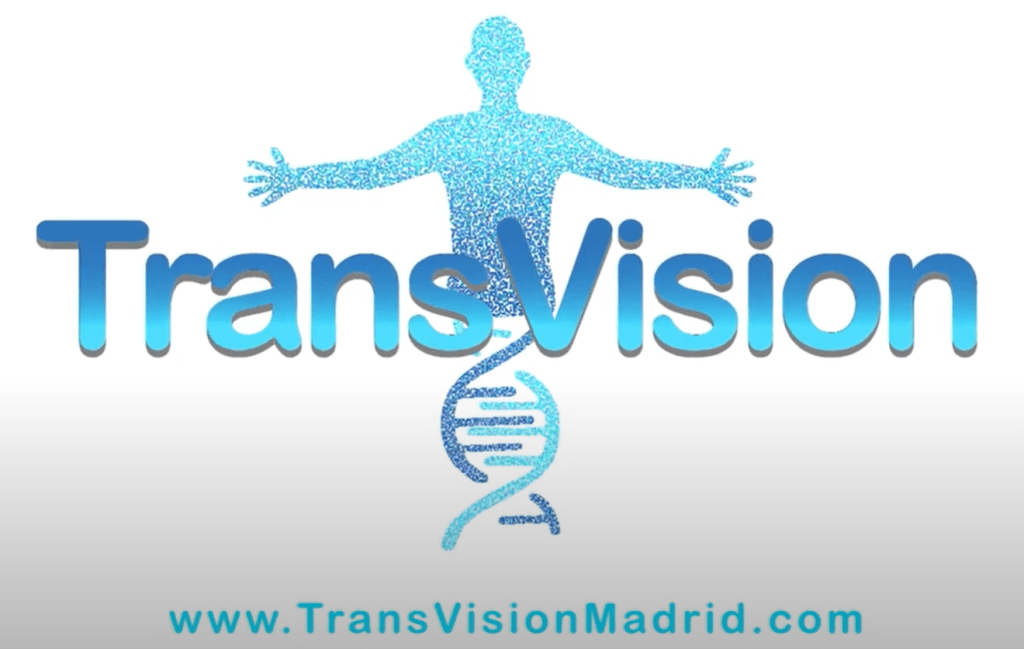Dear Futurists,
Before Copernicus, it was generally believed that everything revolved around the Earth. The Sun was, in that conception, just another heavenly sphere (albeit with some special qualities). But then Copernicus boldly placed the Sun at the centre of planetary motion, and lots of aspects of astronomy started to make more sense.
A second Copernican Revolution is underway in the present time. It used to be believed that aging was just one more thing that went wrong with our bodies over time. In the allocation of research funds, aging lagged far behind named diseases such as cancer, heart failure, dementia, stroke, and diabetes. But it is now increasingly understood that aging should be moved from the periphery of attention to the centre.
This idea of another Copernican revolution is a useful summary of the change in perspective that highlights the way in which chronic diseases become exponentially more serious as we grow biologically older. Solving aging would, in principle, make it much easier to keep these previously deadly diseases at bay.
However, this story is a bit too simple. When we look more closely, we’ll find more in the narrative that deserves our attention.
1.) The First Copernican Revolution
It might surprise you to hear that the heliocentric model of Copernicus had some significant drawbacks compared to the geocentric Ptolemaic model that had passed down the centuries:
- It was observationally less accurate. The Ptolemaic model benefited from a number of epicycles (cycles within cycles). The predictions it made for where planets would be observed were better than those from Copernicus.
- It was contradicted by numerous verses in revered religious scripture that stated that the earth “shall never be moved”
- It was contradicted by people’s plain experience that they did not feel any rotation of the earth
- It implied that the stars should appear at different angles in the sky, at different times in the year, since the Earth was changing its position. No such “parallax” could be observed.

It took some time for these objections to be resolved. For example, the apparent lack of visible parallax could be explained if the stars were at distances from the earth that we would now describe as “astronomical”, but which boggled the minds of people in the Middle Ages. These vast distances would result in parallax effects that required very precise measuring instruments to detect them. (The first measurement of parallax would have to wait until 1838.)
The predictions of planetary motion, under heliocentrism, improved significantly when it was realised that orbits weren’t exact circles but were instead ellipses. Moreover, the sun was not at the exact centre of the ellipse, but was at one of its two focal points. Famously, Johannes Kepler produced three impressive laws of planetary motion. Nothing as compelling had ever been found under geocentric models.
In turn, that raised another criticism: what kind of weird physical mechanism could cause planets to follow elliptical paths? That was eventually answered by Isaac Newton, the development of calculus, Newton’s laws of motion, and Newton’s inverse square law of universal gravitational attraction.
As for detecting the rotation of the earth: one important example is the weather! Wind and ocean current patterns arise from the Coriolis force that in turn arises from the rotation of the earth.
Just as it took a number of steps before the first Copernican Revolution could become properly established, it’s likely to be the same with the second Copernican Revolution. However, this time, these subsequent steps could take, not centuries, but perhaps just a few years.
2.) What’s inside that “Aging” bubble?
What will make the second Copernican revolution useful is if we can understand how to alter the course of aging. That requires taking the analysis one step further, to the subject often called “the hallmarks of aging”. It requires finding aspects of human biology where we can intervene to slow, stop, and in due course reverse the decay and degradation that manifests over time.
Different analysts propose varying numbers of these hallmarks. The framework of hallmarks that I think is probably the best so far is by Andrew Steele (who spoke to London Futurists in January):
- DNA damage and mutations
- Trimmed telomeres
- Protein problems
- Epigenetic alterations
- Senescent cells
- Malfunctioning mitochondria
- Signalling changes
- Microbiome changes
- Cellular exhaustion
- Immune malfunction.
In this way of thinking, reversing aging involves reversing the damage of all of these hallmarks. That’s a big task, but when it is done, it will be sufficient to significantly reduce the threats of the chronic diseases mentioned earlier.
It’s an open question whether some of these aging hallmarks are more fundamental than others. For example, it might be the case that undoing the epigenetic alterations would have the side-effect of undoing several of the other hallmarks as well.
This brings me to the views of Dr Harold Katcher, who will be speaking to London Futurists this Saturday – from 5pm UK time (note: this is one hour later than our normal kick-off time).
Dr Katcher proposes another change in perspective.
Rather than saying that the body ages because of the accumulated damage to the individual cells of the body (damage manifested in the various hallmarks), Dr Katcher says it’s the other way round. That is, the individual cells become damaged, and fail to be repaired, because of the body aging.
In other words, the direction of causation is reversed.
After all, the body has lots of mechanisms at its disposal to undo the damage of the various hallmarks. These repair mechanisms are frequently deployed when the person is still young. But they are used less often when the person is biologically older.
But in this case, what is it about the body that carries the signal “now I’m young; repair please” versus “now I’m old; don’t bother doing repairs”?
In short, blood plasma. At least, that’s what Dr Katcher believes, and he has some dramatic experimental data that seems to back up his opinion.
It’s still early days, but if additional experiments continue on the trajectory of the initial set, it could significantly bring forward the date at which humanity reaches “longevity escape velocity”.
To hear more – and to have a chance to ask questions or make further comments – register for Saturday’s event, via this link.
3.) “Design your superlongevity” – RAADfest 2021
Looking ahead to 1-3 October, there’s an opportunity to explore the reversal of aging from a rich multiplicity of perspectives, at the RAADfest event which will be streamed live online during these days.
This year, the event has the theme “design your superlongevity”.
You can find out more about the speakers and how to register here.
4.) “Designing the future” – TransVision 2021
The weekend following the RAADfest weekend (1-3 Oct) is the weekend for TransVision 2021 (8-10 Oct).
This year, TransVision will be a hybrid event. Many participants will gather at the venue, which is the historic Madrid College of Medicine (Ilustre Colegio Oficial de Médicos de Madrid). Those who can’t travel in person to Madrid will be able to access a live stream.
For a good flavour of TransVision 2021, watch this short promotional video from Sergio M.L. Tarrero of Alianza Futurista:
In the two days after the formal parts of TransVision 2021, there will be an opportunity to take part in organised sight-seeing in and around Madrid:
For more details of TransVision 2021, click here.
5.) Progress with the Vital Syllabus
I’ve been adding links in various Vital Syllabus pages to videos or other online material that provide useful information relevant to specific syllabus topics.
For example, the following set of videos is an extract from section 8.4, “Opportunities for lives in a state of permanent youthful vitality”, which is part of the page on “Physical Health”:
As a reminder, the resources referenced on Vital Syllabus pages are intended to meet a number of criteria. They should be:
- Accessible: available without any payment or other obstacle
- Clear: easy to understand
- Engaging: inspires and keeps the attention of viewers
- Precise: addresses the topic in the syllabus, rather than lots of other questions
- Authoritative: has good reason to be trusted.
If you have any suggestions for resources that should be added, anywhere in the Vital Syllabus pages, please don’t hesitate to get in touch. (For example, you can make suggestions in the Slack channel set aside for that project.)
// David W. Wood
Chair, London Futurists





